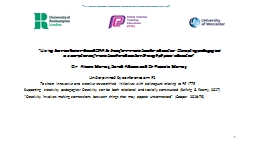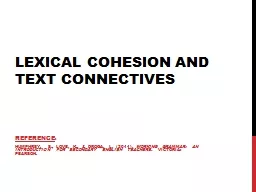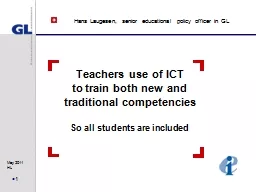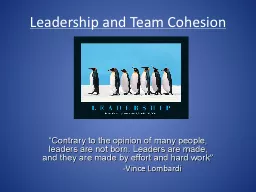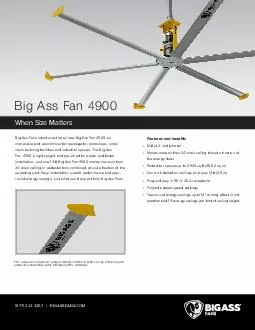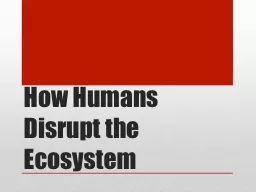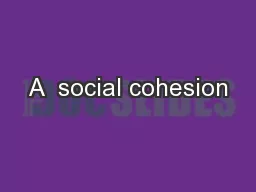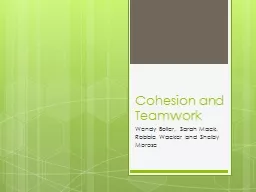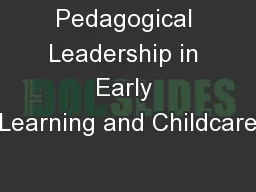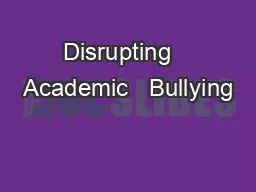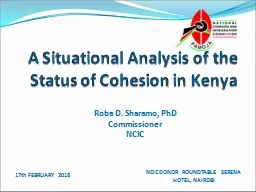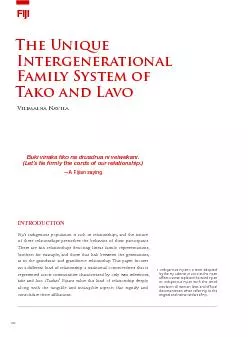PPT-‘Using team cohesion–based OAA to transform music teacher education: Disrupting pedagogical
Author : carla | Published Date : 2023-09-20
Dr Alison Murray Sarah Adams and Dr Pamela Murray Underpinned by conference aim 1 To share innovative and creative researchled initiatives with colleagues relating
Presentation Embed Code
Download Presentation
Download Presentation The PPT/PDF document "‘Using team cohesion–based OAA to tr..." is the property of its rightful owner. Permission is granted to download and print the materials on this website for personal, non-commercial use only, and to display it on your personal computer provided you do not modify the materials and that you retain all copyright notices contained in the materials. By downloading content from our website, you accept the terms of this agreement.
‘Using team cohesion–based OAA to transform music teacher education: Disrupting pedagogical: Transcript
Download Rules Of Document
"‘Using team cohesion–based OAA to transform music teacher education: Disrupting pedagogical"The content belongs to its owner. You may download and print it for personal use, without modification, and keep all copyright notices. By downloading, you agree to these terms.
Related Documents

